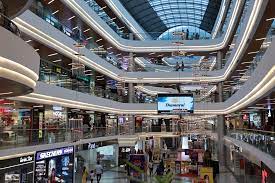
Before we explore the future of shopping malls in India, it is essential to understand their current role in society. In the beginning, mall development in India was modeled after Western-style retail hubs. Starting in the early 2000s, Indian malls began mushrooming rapidly across metropolitan cities such as Mumbai, Delhi, and Bangalore. These enclosed shopping spaces offered more than just retail opportunities; in fact, they evolved into significant social and cultural venues.
Gradually, shopping malls expanded into Tier 2 and Tier 3 cities, catering to the aspirations of India’s growing middle class.
Shopkeepers are not only looking for products today; They want events, memories and social engagement. To meet this demand, malls are developing in lifestyle sites.
Eco-Conscious Mall Design: Building a Sustainable Future:
Modern malls now incorporate energy-efficient lighting, solar panels, rainwater harvesting, and waste management systems to minimize environmental impact.
Natural ventilation, rooftop gardens, and indoor plants are increasingly used to improve air quality and create a soothing ambiance. Additionally, many malls are adopting plastic-free zones, encouraging recyclable packaging, and supporting local eco-friendly brands.
These environmentally responsible practices not only help conserve resources but also attract conscious consumers who prefer sustainable choices.
Branded Stores in Malls: Where Style and Quality Converge:
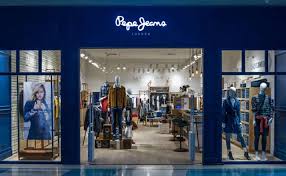
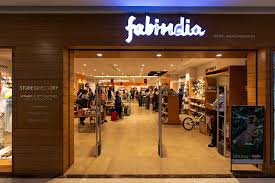

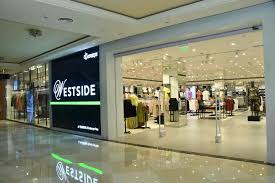
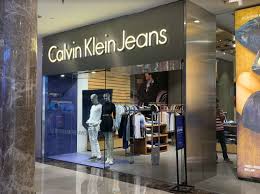
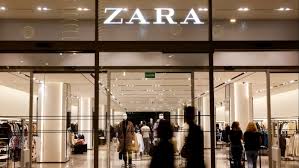
Branded stores such as Levi’s, Zara, Pepe Jeans, Flying Machine, Lifestyle, and Westside have become cornerstones of the modern mall experience in India. These outlets offer not only trendy fashion and reliable quality but also create a premium shopping atmosphere that customers trust. Malls hosting H&M, Nike, Apple, and Shoppers Stop attract diverse audiences looking for everything from casual wear to high-end gadgets. With exclusive collections, seasonal sales, and curated displays, these branded stores enhance customer engagement. Ultimately, they transform malls into vibrant lifestyle destinations where style, convenience, and brand loyalty meet.
Malls as One-Stop Destinations: Grocery Shopping Included:

Beyond food courts, cinemas, and branded clothing stores, malls in India have evolved into comprehensive lifestyle hubs and that includes grocery shopping. With large-format stores like Reliance Smart Bazaar, Big Bazaar (now rebranded in many areas), and More Hypermarket, visitors can conveniently shop for daily essentials, fresh produce, and household items while enjoying their day out.
This integration of grocery stores within malls caters to busy urban families looking for both entertainment and practicality in one location. Reliance Smart Bazaar, in particular, offers competitive pricing, digital payment options, and a wide selection of goods under one roof, making it a preferred choice for many.
AWhether you’re watching a movie, grabbing a bite, or shopping for dinner, malls truly offer it all.
Food Courts and Cinemas: The Heartbeat of Modern Malls:
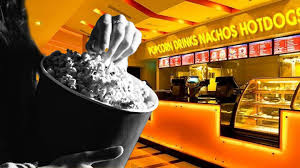
Food sections and cinemas play a vital role in making malls more than just shopping destinations they turn them into vibrant social hubs. Spacious food courts offer a wide variety of cuisines, from local delights like chaat, dosas, and biryani to global favorites such as McDonald’s, KFC, Domino’s, and Starbucks. These dining zones cater to all age groups and budgets, providing a welcoming space to relax and socialize.
Interestingly, many people visit malls not solely to shop, but also for outings like lunch, dinner, birthday celebrations, college meetups, or simply to unwind with friends and family. Malls have become ideal venues for casual get-togethers and celebrations.
Meanwhile, multiplexes like PVR, INOX, and Cinepolis offer immersive entertainment with advanced sound systems, plush seating, and blockbuster screenings. Often paired with snack bars and lounge areas, they enhance the leisure appeal of malls.
Together, food courts and cinemas significantly boost footfall and transform malls into complete entertainment and lifestyle destinations.
Malls as Safe and Secure Public Spaces:
In sharp contrast to the often chaotic urban environment, shopping malls provide something invaluable: security. With features such as well-lit interiors, trained security staff, emergency medical rooms, and continuous CCTV monitoring, malls are widely seen as safe spaces especially for women, children, and the elderly.
Looking ahead, the future of shopping malls in India will likely involve even more advanced security protocols, particularly in the post-pandemic era. As a result, features such as air filtration systems, thermal scanners, hygiene stations, and health monitoring apps are expected to become standard. These enhancements will help ensure public health and safety without compromising the overall mall experience.
The Role of Events and Community Engagement:
Undoubtedly, events will play a big role in shaping the future of shopping malls in India. Whether it is festivals, competitions, talent shows, or art exhibitions, these events not only draw significant footfall but also generate media buzz. Moreover, such activities promote a sense of belonging among visitors, turning malls into community hubs rather than just shopping destinations.
Furthermore, some malls have already begun partnering with non-governmental organizations and supporting social causes by providing space for awareness drives, blood donation camps, and inclusive events. This kind of socially responsible approach not only enhances the mall’s brand image but also fosters long-term customer loyalty.
During Pandemic:
The Covid-19 epidemic, without a doubt, marked a significant turning point for the retail industry. Lockdowns, social distancing, and widespread fear of crowds forced malls to close for several months. Nevertheless, this crisis also accelerated digital adoption and underscored the importance of health-centered design.
Looking ahead, the future of shopping malls in India will likely witness the rise of hybrid models. For instance, consumers may choose to order online and pick up items directly from the mall. Additionally, in-mall experiences can be booked through apps, and digital avatar stores can assist with indoor navigation. Importantly, these changes are not temporary; rather, they signal the beginning of a new era in retail and consumer experience.
The Transformative Future of Malls in India’s Urban Landscape:
Ultimately, the future of shopping malls in India lies not in resisting change but rather in embracing it wholeheartedly. As time goes on, these iconic structures will continue to be integral to Indian urban life, albeit with redefined roles. From now on, malls will evolve into experiential hubs, green spaces, community centers, and innovation playgrounds. In essence, they are being thoughtfully reimagined to align with the needs of a dynamic society.
To sum up, malls have transformed far beyond their initial purpose of simply being places to shop. Today, they function as complex, multifunctional environments that shape social behavior, drive economic progress, and reinforce urban identity. Even though the digital age has introduced its own set of challenges, the charm and relevance of malls persist primarily by offering real-world experiences that connect with people’s emotional and social aspirations.
As long as malls continue to innovate and stay aligned with evolving consumer expectations, they will remain vital pillars of modern life. Indeed, they will serve not only as commercial spaces but also as vibrant venues for community engagement, cultural exchange, and human connection.
In the end, they will not merely reflect our lifestyles; instead, they will actively shape them.
